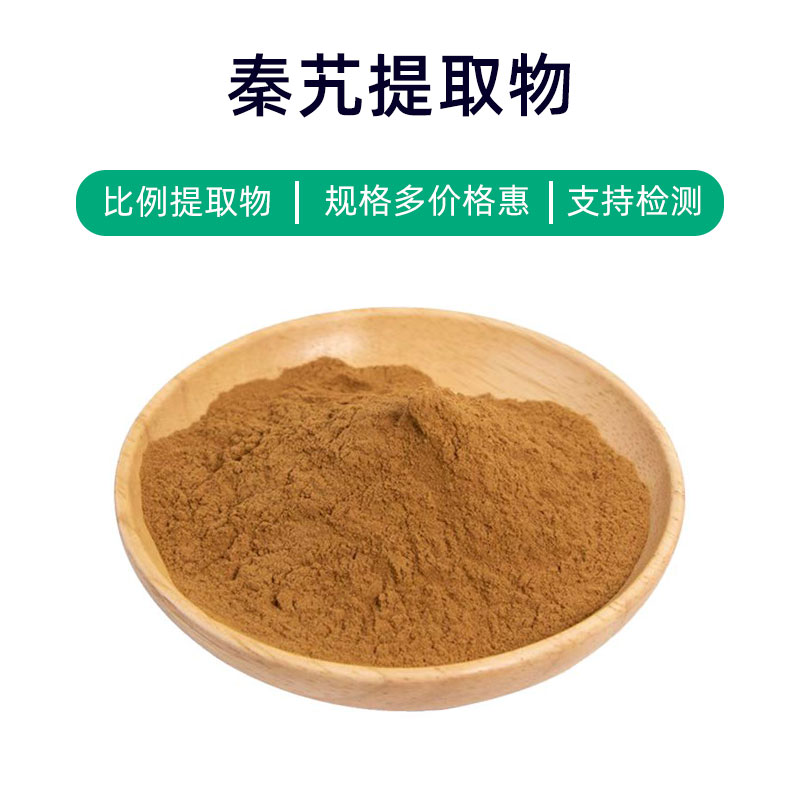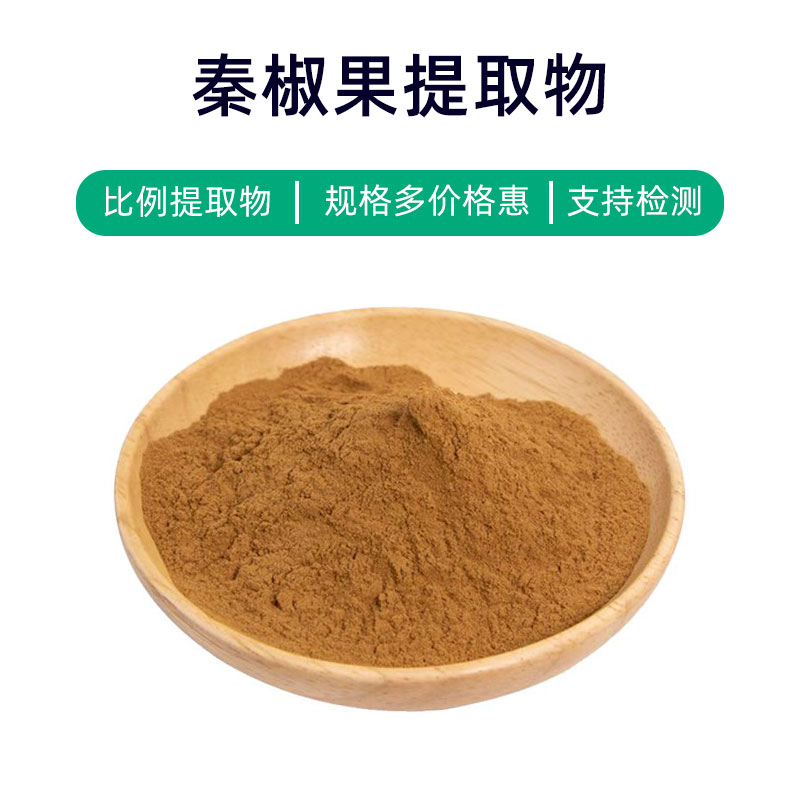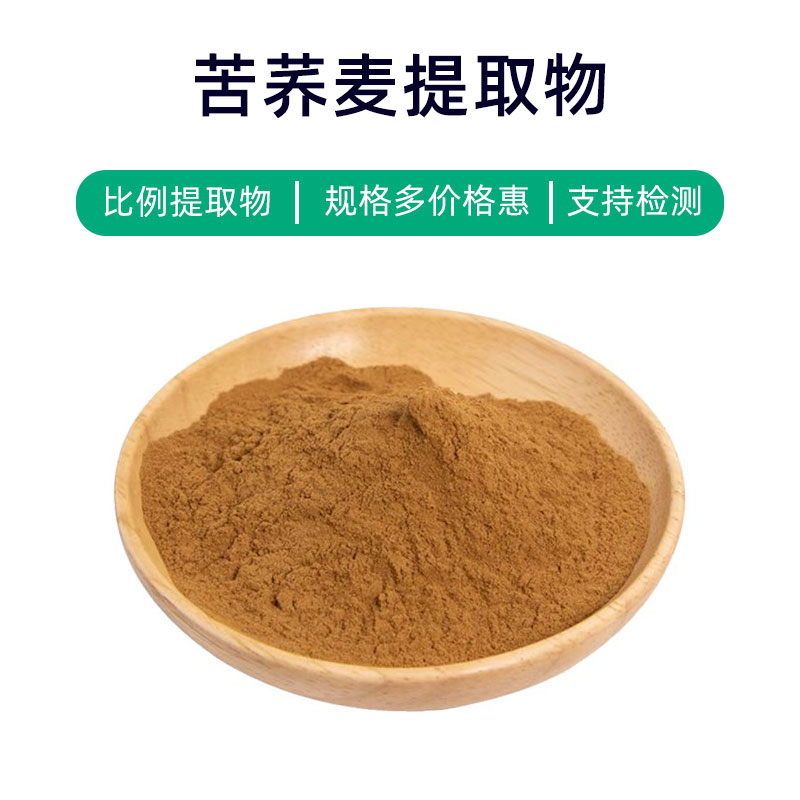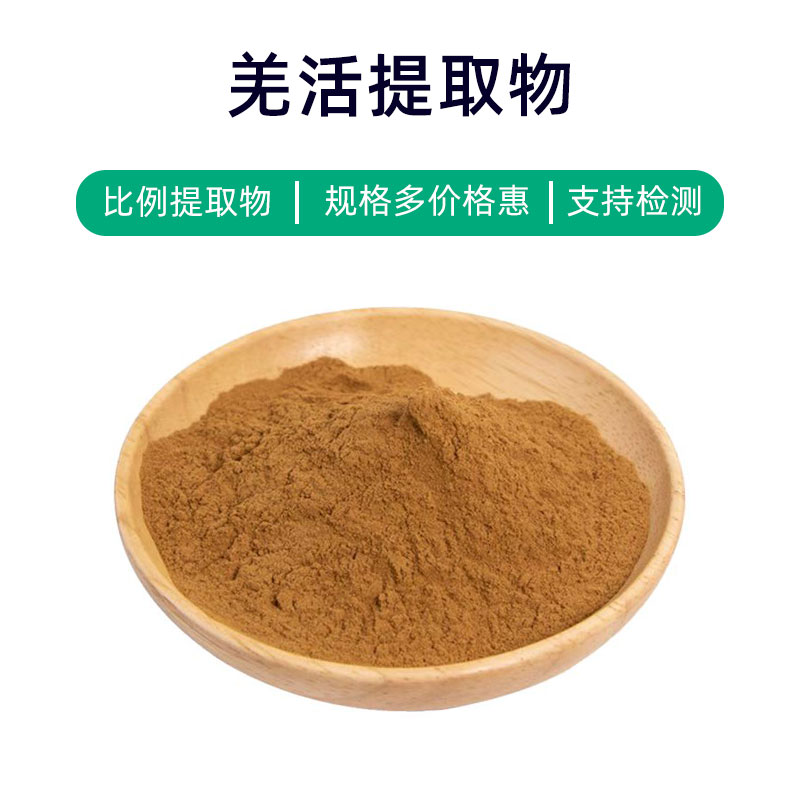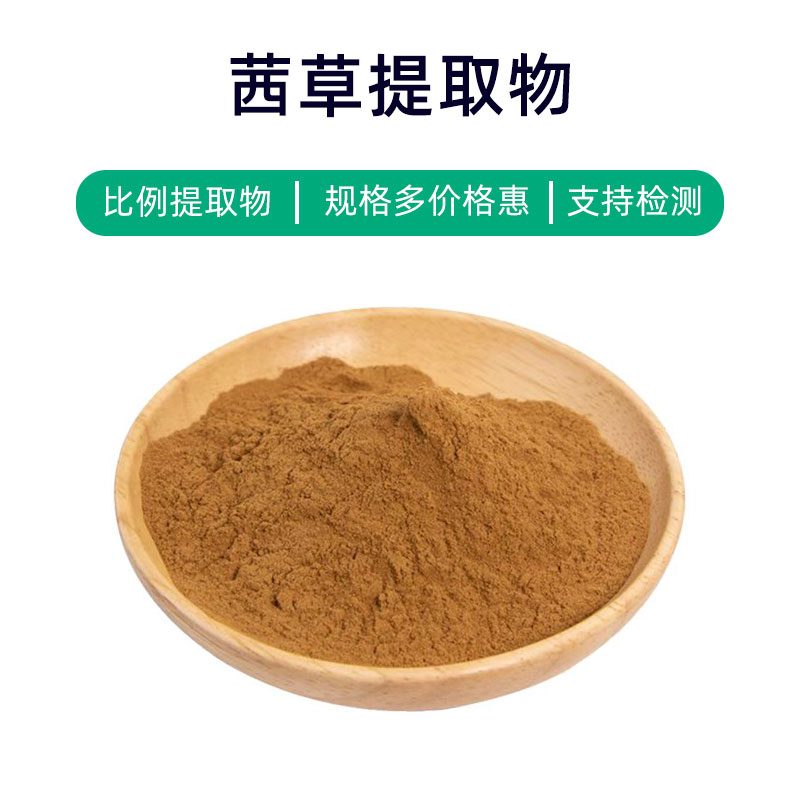Introduction to Celery Seed Extract
Celery seed extract is a natural plant extract derived from the mature seeds of celery (Apium graveolens), primarily containing coumarins, apigenin, and other compounds that contribute to its various benefits and applications.
Firstly, celery seed extract has extensive applications in the medical field. It is believed to have properties that lower blood pressure, reduce inflammation, and promote diuresis, which can help improve cardiovascular health and ease inflammatory conditions like arthritis. Its antioxidant characteristics also make it an excellent choice for preventing oxidative damage and mitigating inflammatory responses.
Secondly, celery seed extract is important in food and dietary supplement manufacturing. Due to its rich nutritional profile and antioxidant activity, it is commonly added to supplements to enhance immunity, improve digestive function, and promote overall wellness. In the food industry, celery seed extract can serve as a natural flavoring agent and food additive, imparting a unique celery seed flavor while increasing nutritional value.
In summary, celery seed extract is a versatile natural plant extract with various benefits and applications, including lowering blood pressure and reducing inflammation in the medical field, as well as enhancing immunity and improving digestive functions in food and dietary supplement production.
Celery Seed Extract Production Process
The production process for celery seed extract generally includes the following main steps:
- Raw Material Collection and Preparation: Fresh, high-quality celery seeds are selected. After harvesting, seeds undergo initial processing including washing, impurity removal, and drying to ensure quality and purity.
- Extraction Process: The processed celery seeds are placed in extraction equipment, and common extraction methods include water extraction, alcohol extraction, or supercritical fluid extraction. During extraction, parameters like temperature, pressure, and solvent concentration are adjusted to fully dissolve the active compounds from the seeds into the extraction solvent.
- Concentration and Separation: The resulting extract is concentrated, usually via evaporation or solvent recovery methods. The concentrated extract contains a high concentration of celery seed active ingredients. This step is followed by solid-liquid separation or solvent removal, separating the extract from the solvent.
- Drying and Milling: The separated celery seed extract is dried to remove remaining moisture. The dried extract is typically in powder or granule form and may be milled or ground to achieve the desired particle size.
- Packaging and Storage: Finally, the prepared celery seed extract is packaged and stored in dry, cool, light-protected conditions. Appropriate packaging and storage conditions help maintain the extract's stability and the integrity of its active compounds, extending its shelf life.
Through these production steps, a high-quality, stable celery seed extract can be produced for applications in medicine, food, and dietary supplements.
Benefits and Side Effects of Celery Seed Extract
As a botanical extract, celery seed extract possesses multiple benefits and effects in medical and health contexts, primarily including the following aspects:
- Antioxidant Effects: Celery seed extract is rich in various antioxidants, such as vitamins C and E, and polyphenolic compounds, which can help eliminate free radicals in the body, reduce oxidative damage, and contribute to cellular health and anti-aging.
- Blood Pressure and Lipid Lowering: Research indicates that some active compounds within celery seed extract have the ability to lower blood pressure and lipid levels, promoting vasodilation and reducing blood viscosity, which is beneficial for preventing hypertension and cardiovascular diseases.
- Anti-inflammatory and Antimicrobial: Celery seed extract contains abundant bioactive compounds with certain anti-inflammatory and antimicrobial properties, helping to alleviate inflammatory responses and inhibit the growth of bacteria and fungi, aiding in the prevention and treatment of infectious diseases.
- Diuretic and Edema Reduction: Celery seed extract is believed to possess diuretic and edema-reducing effects, promoting the excretion of excess water from the body, which may assist in treating kidney and edema-related conditions.
- Anti-allergic Effects: Some components in celery seed extract exhibit anti-allergic activity, potentially alleviating symptoms of allergic reactions, such as nasal congestion, runny nose, and skin itching, providing relief for allergic conditions like allergic rhinitis and skin allergies.
- Anti-cancer Properties: Some studies suggest that certain components in celery seed extract may have anti-cancer activity, inhibiting tumor cell proliferation and metastasis, showing potential as a preventive and supportive treatment for tumors.
Although celery seed extract has numerous benefits, attention should be paid to potential side effects and contraindications during use, especially in individuals allergic to celery or those with certain health conditions. It is advisable to use it under the guidance of a healthcare provider to avoid adverse reactions.
Application Scenarios and Dosage of Celery Seed Extract
Celery seed extract finds wide applications in the fields of medicine, food, and cosmetics. Here are its application scenarios and suggested dosages in different fields:
- Medical Field:
- Blood Pressure and Lipid Lowering Medications: Celery seed extract is commonly used in the formulation of medications to lower blood pressure and lipid levels, treating conditions like hypertension and hyperlipidemia. The typical dosage is 100-200 mg orally, 2-3 times daily.
- Antioxidant Supplements: As a supplement, celery seed extract may be used for antioxidant support, enhancing bodily resistance and preventing oxidative damage. A standard recommendation is 50-100 mg orally per day, with dosage adjusted as needed.
- Food Industry:
- Food Additive: Celery seed extract can be employed as a food additive to enhance the nutritional value and functionality of products. It is commonly incorporated into beverages, baked goods, and dietary supplements, with dosage adjusted based on specific product requirements.
- Flavoring Agent: With its aromatic compounds, celery seed extract may be used in flavorings, such as essential oil added to seasonings to enhance food flavor.
- Cosmetics Industry:
- Skincare Products: Rich in vitamins and antioxidants, celery seed extract can be used in skincare products offering antioxidant, moisturizing, and anti-inflammatory benefits. The typical concentration is 0.5-2%.
- Hair Care Products: Celery seed extract has protective effects on the scalp, making it suitable for inclusion in shampoos and conditioners, aiding in addressing issues like dandruff and scalp itchiness. Recommended usage is 1-5%.
When using celery seed extract, it is essential to follow product instructions or medical advice to avoid overdosing or adverse reactions. Special populations, such as pregnant women, nursing mothers, and children, should use it under healthcare professional guidance.
Celery Seed Source Plant, Distribution, and Growing Environment
Celery (scientific name: Apium graveolens) is a common vegetable plant, with its seeds referred to as celery seeds. Below is an introduction to the source plant, distribution, and growing environment of celery seeds.
Source Plant:
The source plant of celery seeds is celery (Apium graveolens). Celery is a perennial herbaceous plant in the Apiaceae family (Umbelliferae), originally native to the Mediterranean region and now widely cultivated globally. The celery plant typically grows 20-40 centimeters tall, features alternate, feathery leaves, and possesses small, yellow-green flowers arranged in umbellate clusters.
Distribution:
Originating from Europe and the Mediterranean, celery is now widely distributed around the globe due to its cultivation and adaptability. Major production areas include Europe, the United States, and Asia, with significant cultivation in countries like China, India, and Russia.
Growing Environment:
Celery has strong adaptability, thriving in a range of growth environments but with specific soil and climate requirements. Generally, celery prefers warm, humid environments with ample sunlight and fertile soils. Ideal growth temperatures range from 15 to 25 degrees Celsius, requiring adequate moisture and good ventilation during growth. While celery is not particularly demanding regarding soil type, loose, well-drained soils with a pH of 6.0-7.0 are preferred. Under suitable growing conditions, celery grows rapidly, typically ready for harvest about 70-90 days after planting.
In summary, celery seeds are derived from the celery plant, which is widely distributed globally and primarily grows in warm, humid climates, making it an important vegetable crop.
Processing and Storage of Celery Seed Extract
The processing of celery seed extract typically includes the following steps: First, the celery seeds are cleaned and impurities removed, followed by grinding or milling to convert them into powder or extract. Next, appropriate solvents (such as ethanol or water) are used for extraction, proceeding through maceration, filtration, and concentration steps to obtain the celery seed extract. Finally, refinement, drying, and packaging are conducted as necessary to ensure product quality and stability. During storage, celery seed extract should be kept in a cool, dry, well-ventilated area, avoiding direct sunlight and moist environments, and stored sealed to prevent oxidation and moisture absorption.
Monica Sun is a seasoned expert in the plant extraction industry with over a decade of experience in research and production. She specializes in the extraction and purification of plant active ingredients, focusing on driving innovation in natural product applications. Monica has participated in the development of multiple functional plant extracts, delivering high-value natural raw material solutions for the health food, pharmaceutical, and dietary supplement sectors.









